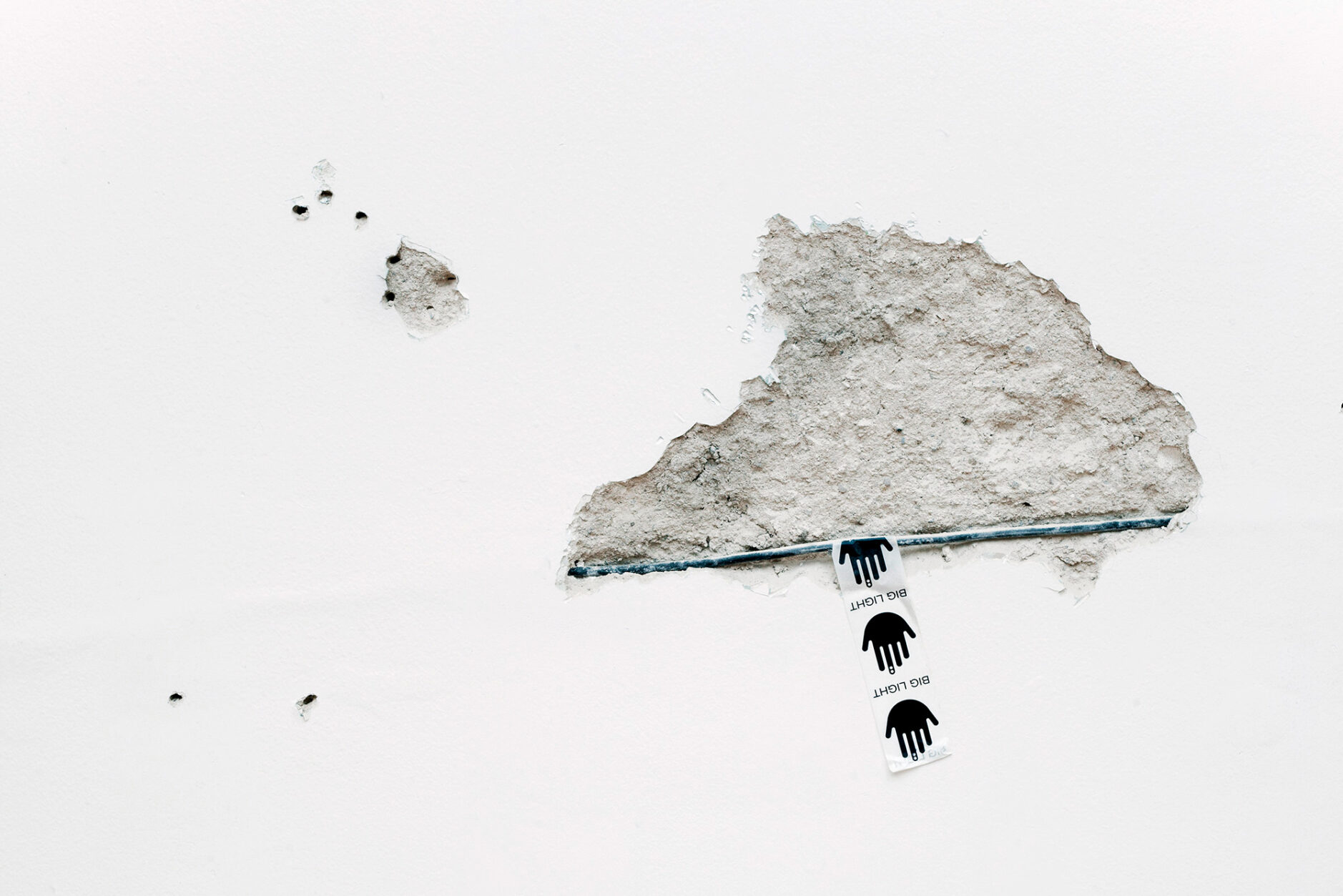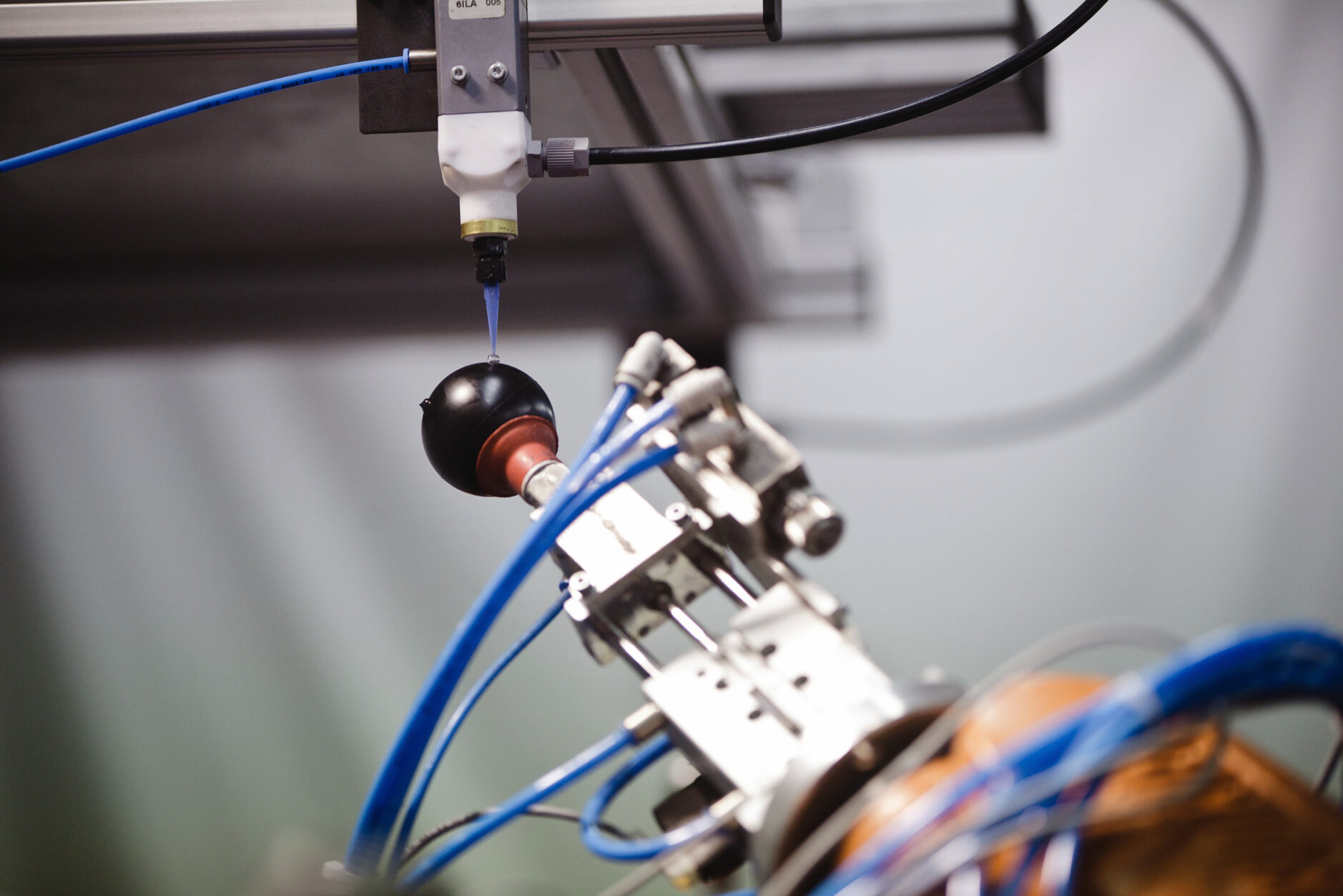Propagative Structures
2024–2025


Boar
2020–2022



Aerial
2018–2021



Eccentric Gravity
2015–2020


Big Light
2015–2019



You Welded the Ornament of the Times
2014



Subtile
2013–2018


Etalon
2012



Outside Itself
2011



Geometric Death Frequency-141
2010


